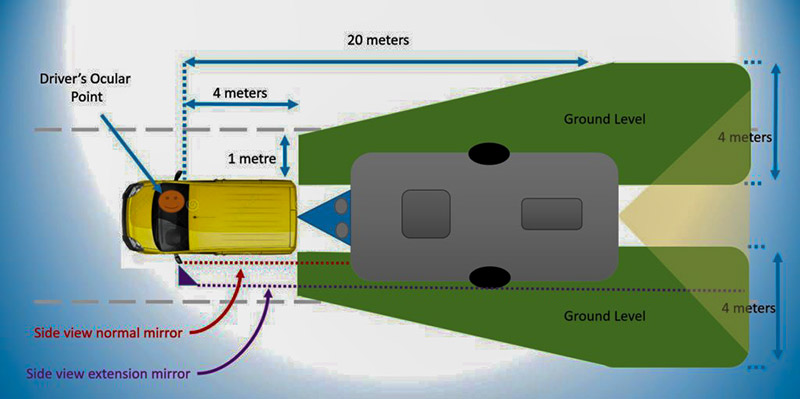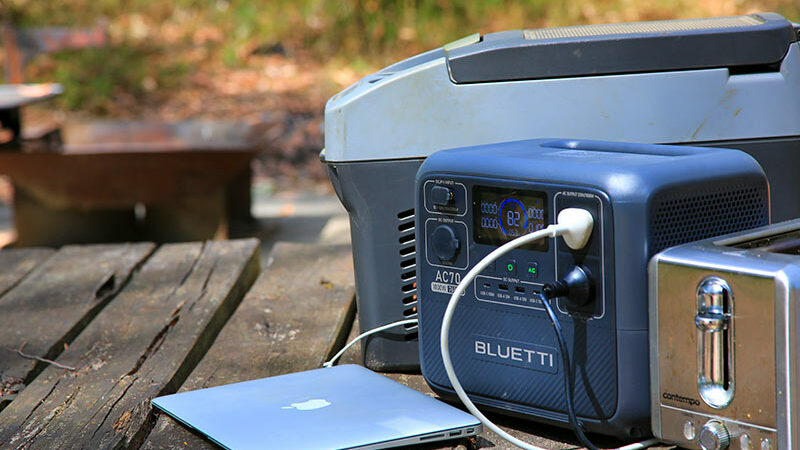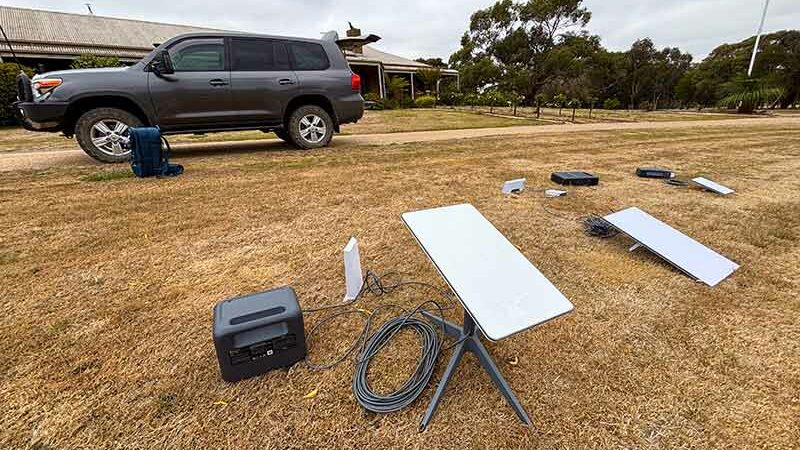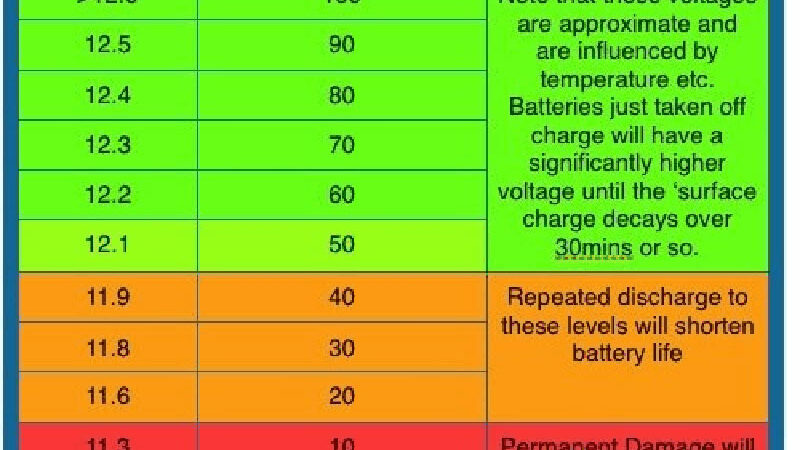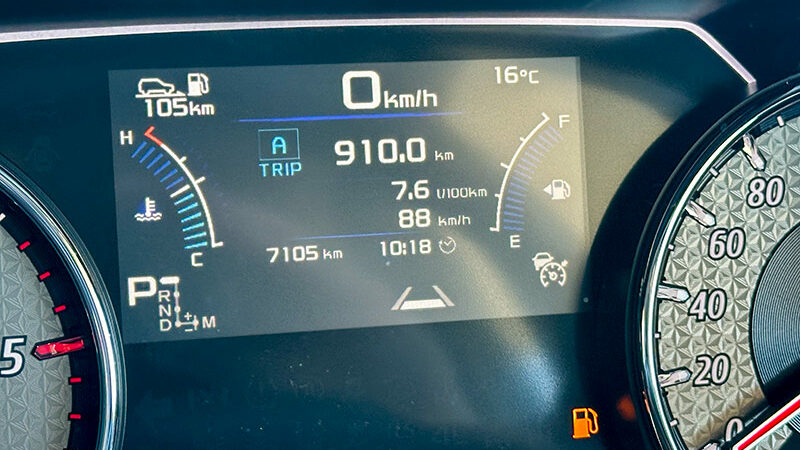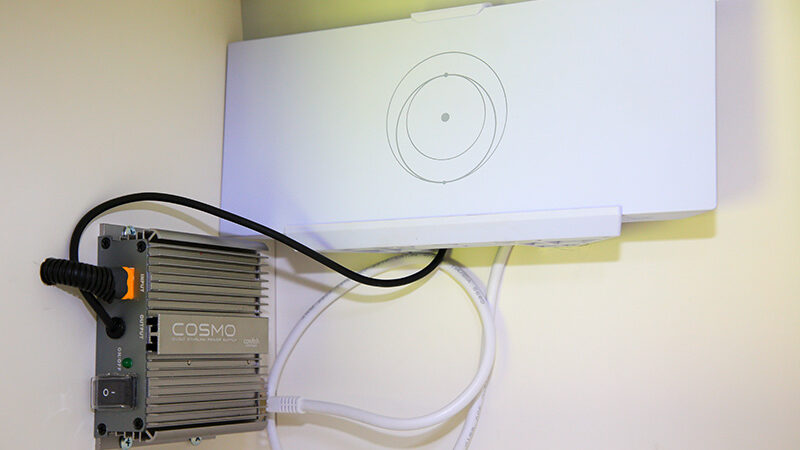The DCX Revolution!
There’s a revolution underway in Australia in terms of how we power the appliances in our RVs. At the heart of this revolution is the DCX battery system, designed and engineered in Australia by OzXCorp, headed by technology founder Andrew Huett.
Having been in research and development for a number of years, this high-capacity battery is now being made available to RV manufacturers, with NCE as the distributor.
You might have heard of OzXCorp and DCX before. But you are about to hear much more, such are the applications and benefits of this system to caravans.
WHAT CAN DCX DO?
Let’s start with the basics. Most standard lead-acid and lithium batteries offer 100Ah to 200Ah of power capacity. Taking into account the actual usable energy, a 100Ah 12V AGM battery is equal to 0.64kWh while a 100Ah 12V lithium battery is approximately 1.15kWh of usable energy. The DCX system is available in two sizes: 14.3kWh or 7.1kWh of usable energy – the difference between DCX and a standard battery is so large that it almost defies comparison.
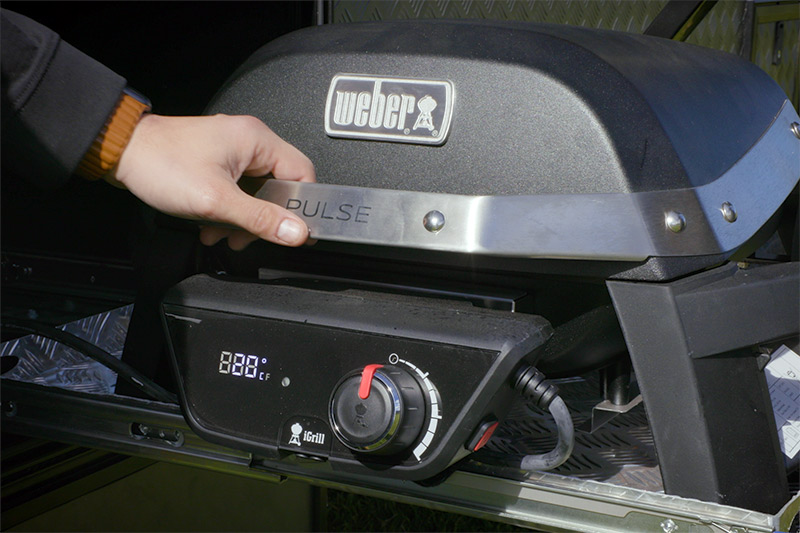
So what? you might ask. Well, let’s run through just some of the applications of a battery with such massive stored power. First, whether you’re running the 14.3kWh or 7.1kWh system, you could ditch the gas cylinders. Electric induction cooktops and grillers are available for caravans and this system, through its built-in inverter, will have no problem powering them. It’ll simultaneously run the fridge and hot water service, too.
With all those appliances running, there’ll still be enough juice to power the air-conditioner, a kettle, toaster… essentially, DCX is about true ‘off-grid’ living, minus the noise of a generator, the need for diesel to fuel the heater, etc. OzXCorp has designed this battery specifically for use in caravans and the benefits appear almost limitless.
VOLTAGE
DCX is a 51.1V system. It’s necessary to clarify what this actually means, since we caravanners typically think in 12V. At its core, the DCX’s 51.1V uses less than four times the amount of current as a 12V battery. Every time the voltage is doubled, the amp draw is halved. Picture a 12V battery connected to a 3000W inverter. As it runs a range of appliances, picture the inverter maxing out with a current draw of 250A. It’s not likely you’ll ever draw 250A while caravanning, but let’s stick with the example.

If the voltage, for example, was instead 24V, the amp draw in this scenario would be 125A. At 48V, the current draw would be 62.5A. The 51.1V DCX, meanwhile, has a nominal amp draw in this scenario of 58.7A.
The point is, higher voltages enable lower currents, resulting in less losses and higher output power capability, reduced wire size and weight, less heat and smaller inverter footprints. It’s all about efficiency.
If the system provides 51.1V, does this mean you can no longer power a basic 12V appliance? No. The output is still 12V (technically 13.1V) at 100A, thanks to some technical wizardry within the DCX – so it will still seamlessly run any 12V appliance you care to pack. This is important. After all, if it didn’t do this, what would be the point?
The bottom line: the efficiency built into this system means it is unlikely that power will ever be the limiting factor in your off-grid adventures again. Through the 5000W built-in inverter, you could cook on an electric barbecue, run your air-con, boil the kettle – virtually any 240V high-current-draw appliance – while also running any or all 12V appliances.
SOLAR
DCX has a built-in 5000W solar charger – a number that makes the standard 300W or so of solar we’re accustomed to pale into insignificance.
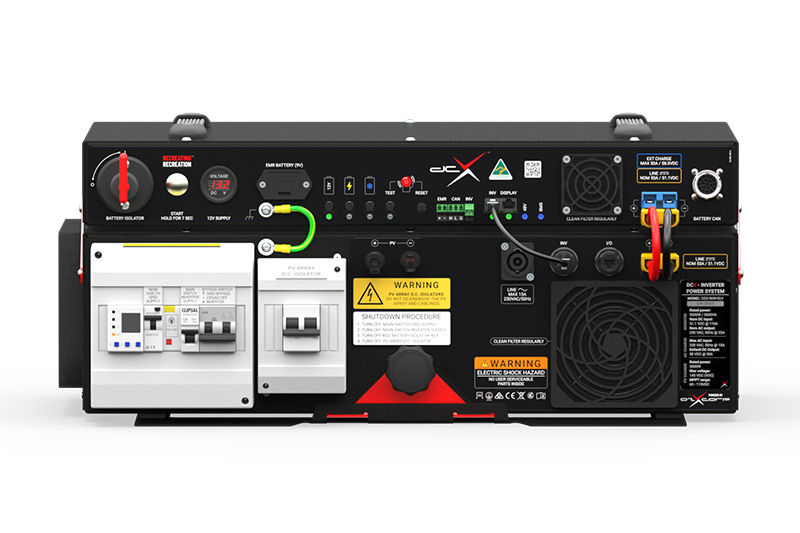
During the day, the DCX will prioritise powering your appliances directly from the sun, rather than tapping into the power stored in the battery. This is a monumental shift in how we vanners approach solar power.
It means that, in theory (and on a sunny day), all – or most – of the power in the battery can be reserved for use at night time. It also means that the battery is not cycling constantly. After all, batteries are expensive and this feature is expected to extend the DCX’s lifespan considerably.
Andrew Huett told GoRV that he believes DCX is the only power battery system in the world – especially for RV use – that does this.
When there is cloud cover, the system will automatically switch to drawing from the battery if necessary.
STORAGE
Of course, we don’t all use our vans year-round. There are times when the van is in storage, and we’re all familiar with the need to charge our 12V AGM batteries periodically as a result.
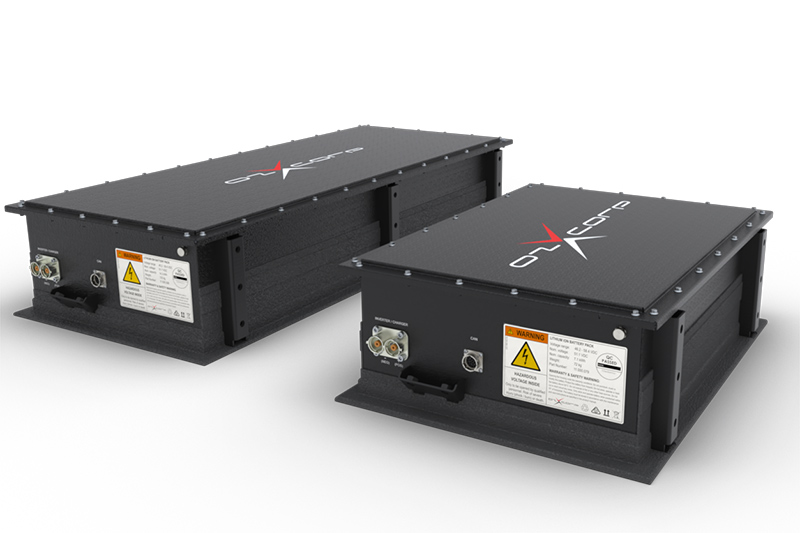
A van fitted with the DCX system, however, could be stored in a shed, with no sunlight shining on the solar panels, for up to 53 months provided the battery is at 50 per cent state of charge. This is another huge shift in how we think about power in RVs.
If the battery is dead flat when put into storage, the maximum recommended interval before the next charge is three months, and the distributor, NCE, warrants the battery when used that way. The standard warranty, when used correctly, is five years. Should the inverter fail, it’s a simple ‘plug and play’ system that requires no special expertise to connect.
OTHER BENEFITS OF DCX
Let’s think about the weight of the DCX battery. The 14.3kWh system weighs 125kg while the 7.1kWh system weighs 72kg. That sounds like a lot, and it is, but it’s important to consider it in context. First, the system is chassis-mounted, usually at the axle line where any affect on ball weight will be minimal. It is also resistant to stones/debris that you might encounter on your travel.
Second, the 7.1kWh system is equal in capacity to three 200Ah LiFePo4 batteries weighing about 25kg, making it 3kg lighter.

Both NCE and OzXCorp discourage customers from buying a DC-DC charger to charge the battery from the tow vehicle. Instead, they say the light-weight commercial-grade solar panels that are available for the system are so efficient that even in overcast weather, they will still be putting power into the battery. If you want to spend money to enhance power input, put it into solar, they say.
Naturally, the battery can be charged from any domestic 10A supply, or a 15A supply at a caravan park. But it has a built-in ‘power rejection’ system, so if there is a problem with the electrical input, it will refuse to accept it. It is also smart enough to disconnect from the grid supply if you exceed 15A avoiding those unwanted nuisance tripping situations.
Further, there’s the potential to ‘share’ your excess power with other caravanners. Or, with the appropriate wiring and sign-off by an electrician, you could theoretically connect this battery to your house to power various domestic appliances.
All of this comes at a price, of course. Expect to pay about $15,812 for the 7.1kWh and $21,830 for the 14.3kWh system installed. Having said that, it’s probably going to be the last RV battery you ever need to buy.
More information: https://nce.com.au/products/dcx-power-platform/
The post The DCX Revolution! appeared first on GoRV.


